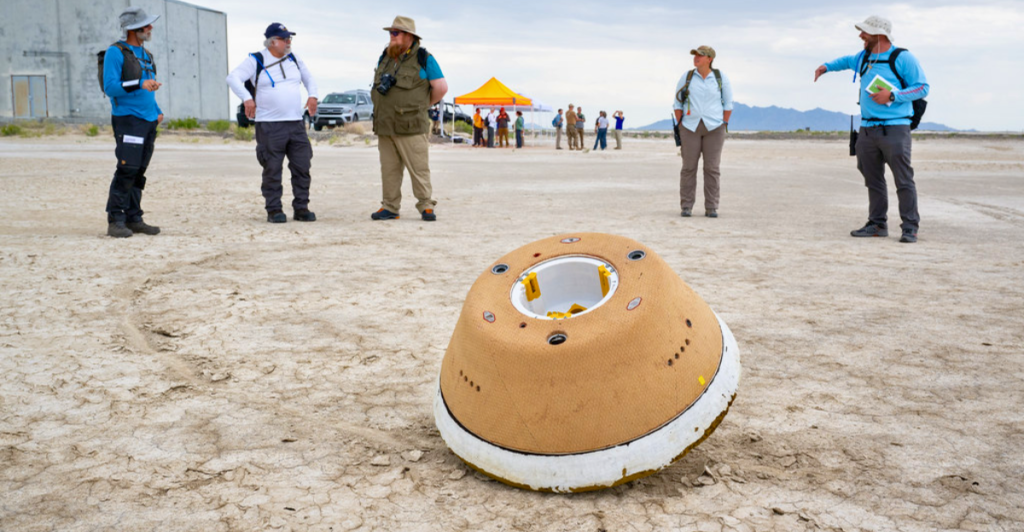
Groundbreaking analyses of one-of-a-kind samples from a near-Earth asteroid have revealed organic compounds and some minerals required to sustain life. The findings have provided key evidence supporting the theory that asteroids brought the building blocks of life to Earth when the planet was emerging. Dust and rock samples collected and returned to Earth have given scientists a fresh glimpse into the chemical and biological processes that took place as the solar system was just starting to form.
Unveiling Bennu’s Secret
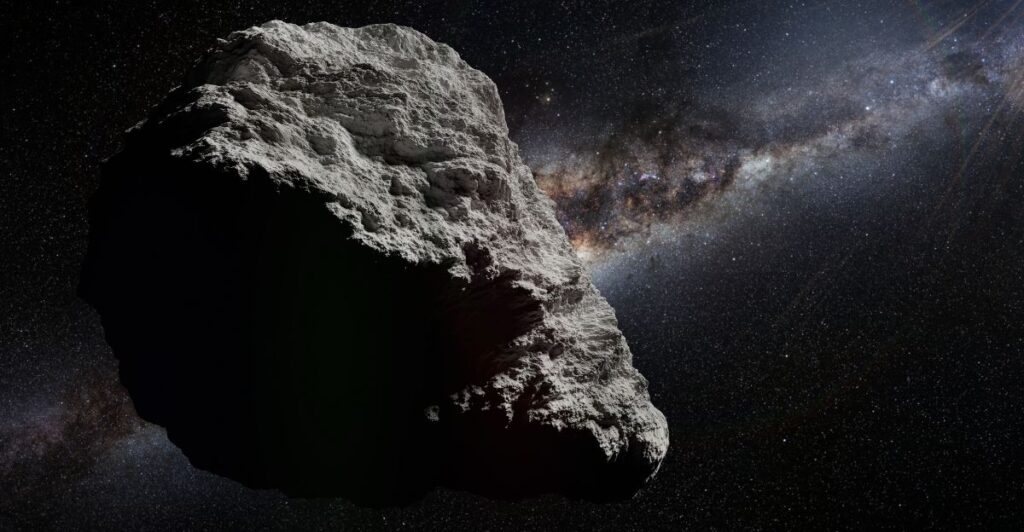
The initial analyses of the rock and dust samples were completed after they were recovered and brought back to Earth less than a year ago. Evidence of water, carbon, hydrogen, and other organic compounds were already present on the asteroid. Unfortunately, the exact chemical composition of the organic matter has not been known until now.
Chemical Building Blocks of Life Discovered
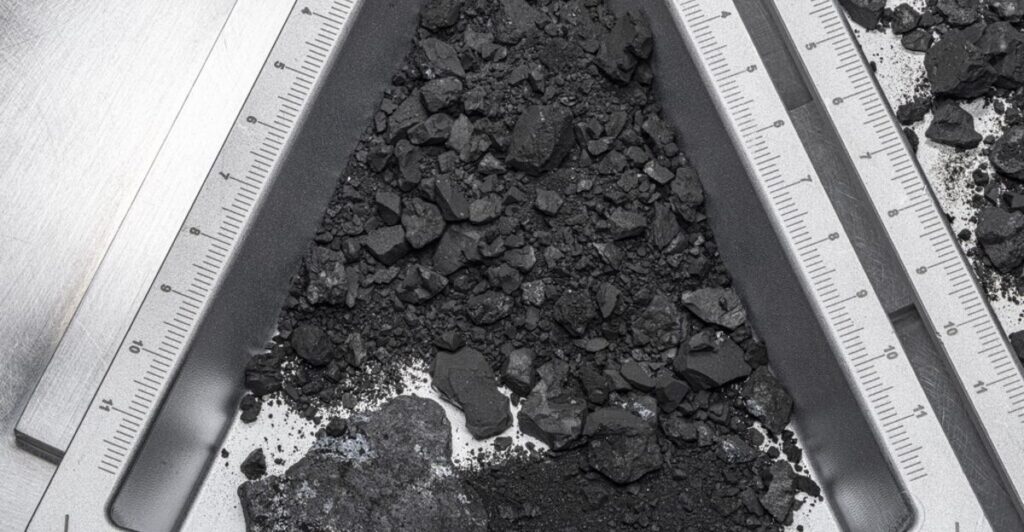
New details have now emerged from multiple studies published in Nature Astronomy by two groups of researchers. According to Dr. Daniel P. Glavin, a senior scientist at NASA’s Goddard Space Flight Center, the asteroid Bennu existed in close contact with water. Therefore, it is likely the asteroid hosted a significant amount of ancient water. According to Glavin, “Asteroids are behaving more like chemical factories.”
Asteroids As Factories Of Cosmic Chemistry
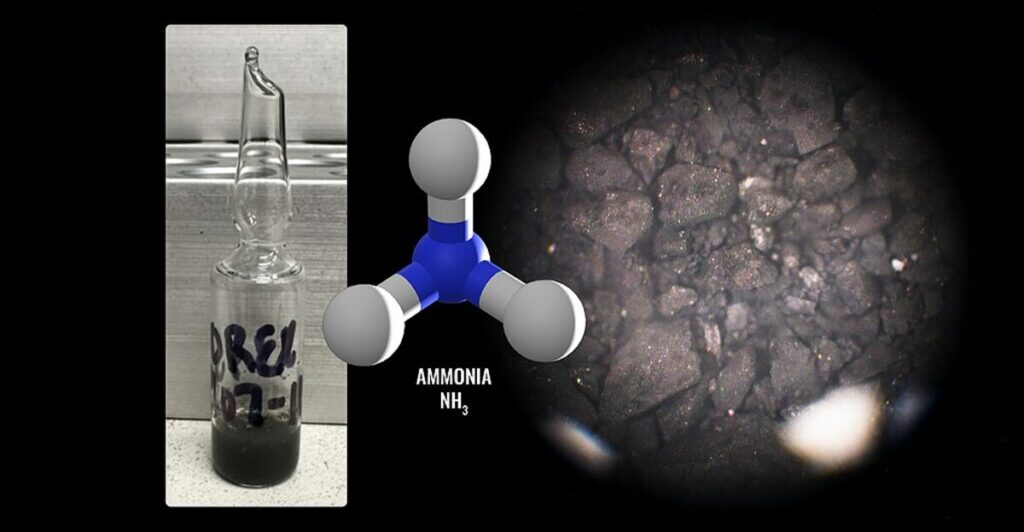
Asteroids like Bennu may have delivered the recipe for life to Earth and other bodies in our solar system, says Glavin, co author of a study published in Nature Astronomy. This depicts asteroids as something else than space rocks, but as potential vessels for the essential parts of life.
Salts and Minerals Essential for Life
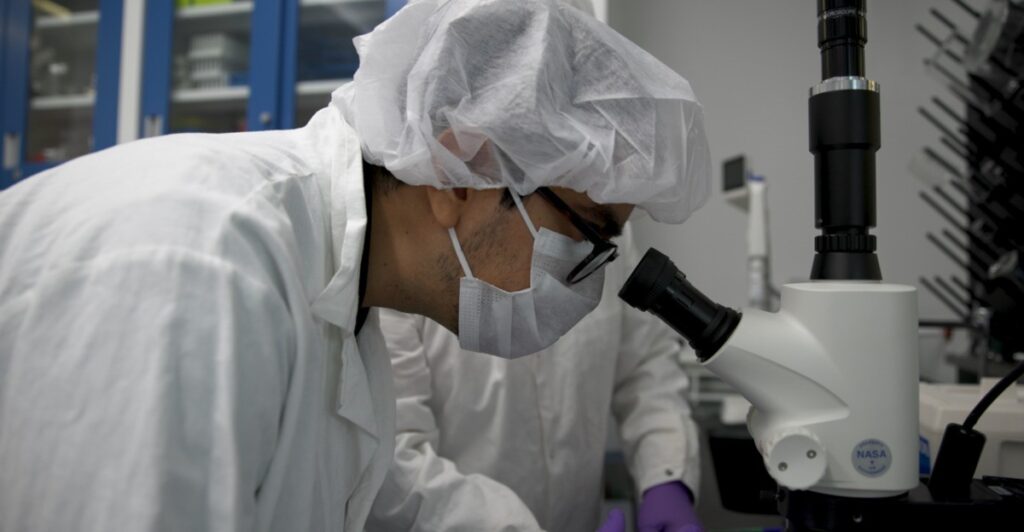
Another study in Nature has revealed that salts and minerals critical for life are within Bennu’s rocks, some never seen before in asteroid samples. The study also highlights the role of ancient water on the asteroid.
Revolutionary Scientific Breakthrough

Nicky Fox, associate administrator for NASA’s Science Mission Directorate, called the findings in both papers “a groundbreaking scientific discovery.” The results suggest that Bennu was more complex and interesting than had been imagined.
Asteroid Bennu
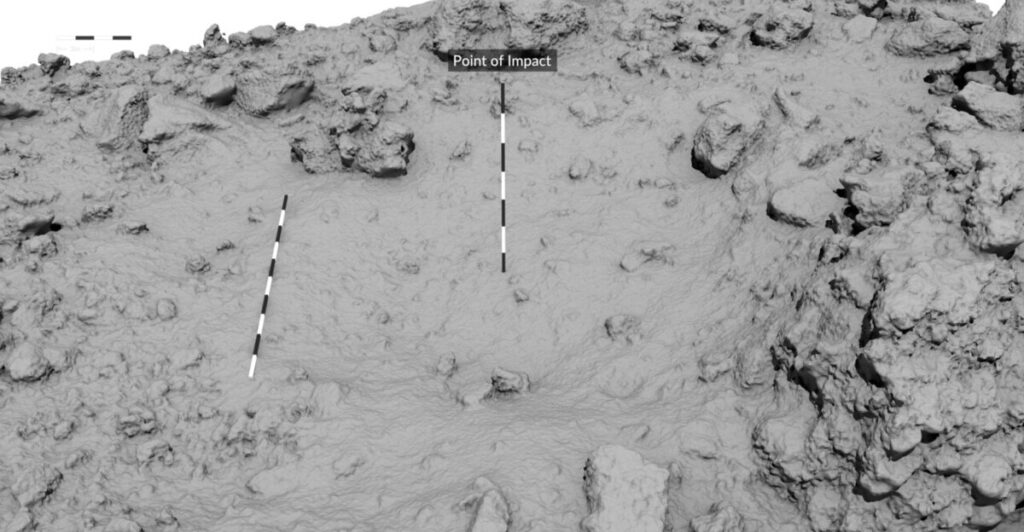
Dr. Tim McCoy, a co-lead author of the Nature study and a curator of meteorites at the Smithsonian’s National Museum of Natural History, said that the two papers reflect an important complementarity in what they reveal, showing Bennu is a far more interesting and complicated place than had been previously known.
Bennu’s Origins, Sample Collection
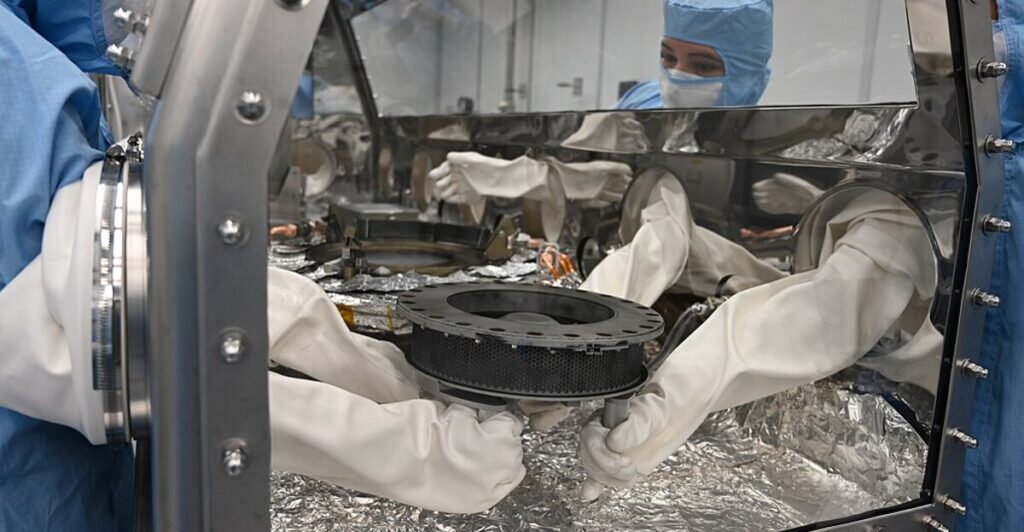
Bennu is a carbon-rich, rubble-pile asteroid that is thought to have originated in a larger parent asteroid that broke apart from an impact. The sample was collected in October 2020 by NASA’s OSIRIS-REx mission, which was the first American mission to successfully land a spacecraft on an asteroid to collect material.
Untainted Samples were Shielded from Contamination

Researchers carefully collected the capsule containing the samples without damaging or compromising them with the atmosphere and environment of Earth. This was necessary to avoid contamination that might affect analysis of the asteroid’s properties.
An Abundance of Organic Molecular Species
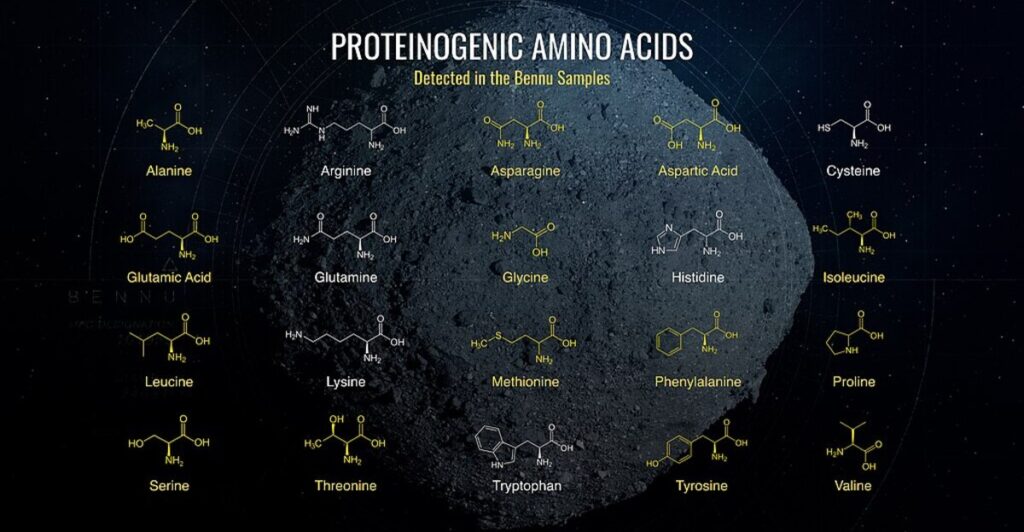
Glavin and his team found thousands of organic molecular compounds in the samples from Bennu, including 33 amino acids. These amino acids which combine to form proteins, are the basic building blocks of life.
Extraterrestrial Origin Confirmed
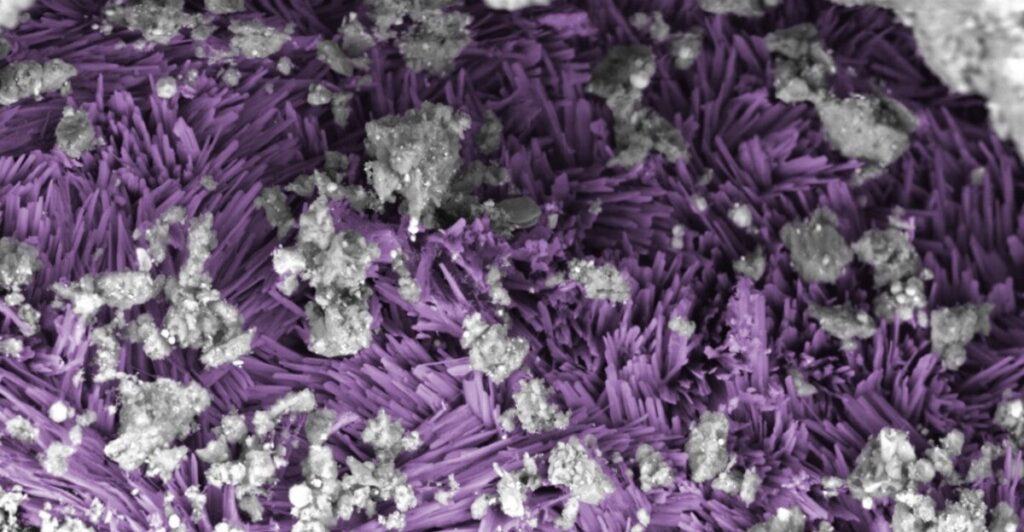
The team also detected all five biological nucleobases — adenine, guanine, cytosine, thymine, and uracil — that are the building blocks of the genetic code in DNA and RNA. Unlike meteorites, the Bennu samples are pristine and protected from heating or contamination here on Earth, which affirms their extraterrestrial root source, Glavin said.
The Role of Water and Minerals
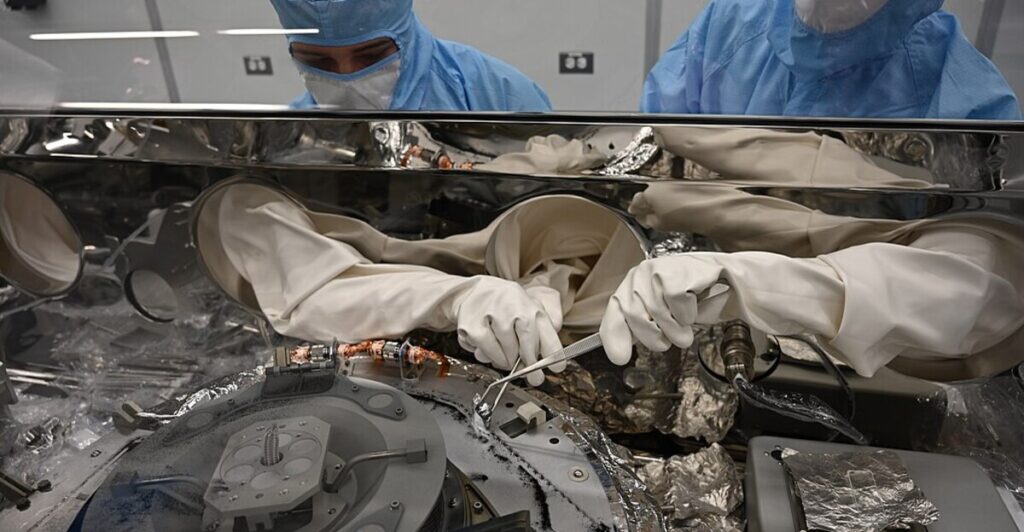
McCoy’s team found salts and minerals, including trona (sodium carbonate), which have never been observed in extraterrestrial samples. The presence of these minerals indicates that water once circulated under the surface of Bennu’s parent asteroid, forming a “soup of the elements” that enabled the development of complex organic structures.
Implications for the Origins Of Life
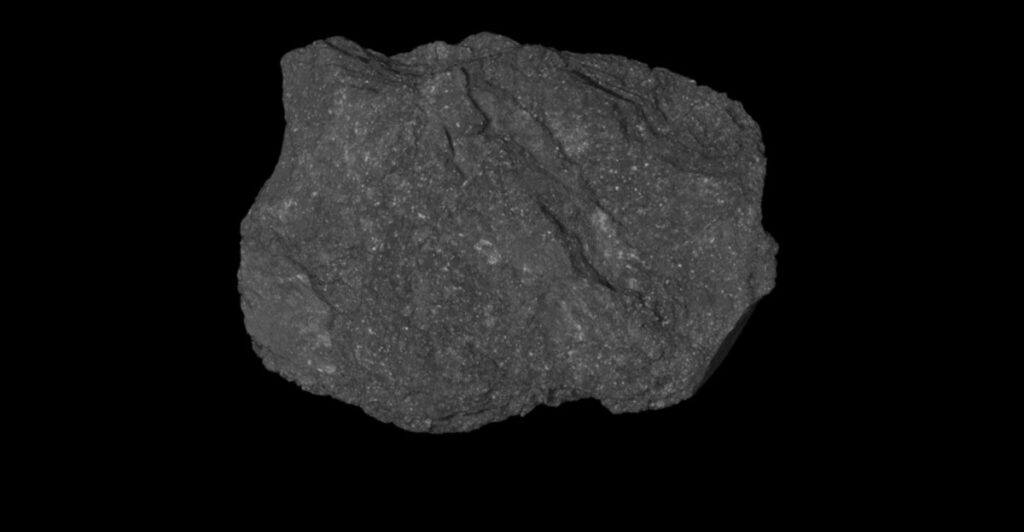
The presence of water, minerals, salts and amino acids suggests that some of the building blocks of life could have formed on Bennu. Although more work is needed to understand how organic compounds formed and developed on the asteroid, the findings provide compelling evidence that asteroids could have helped deliver water and organic material to the surface of early Earth, potentially creating the conditions for the emergence of life.







